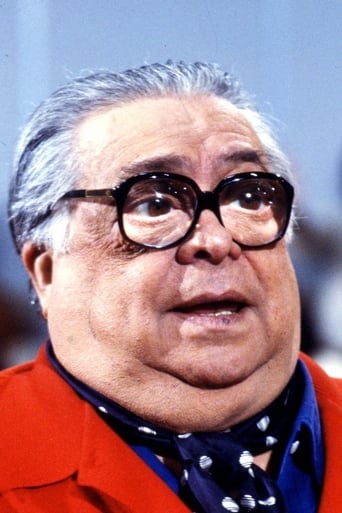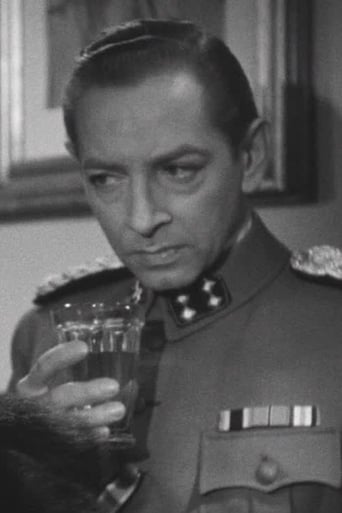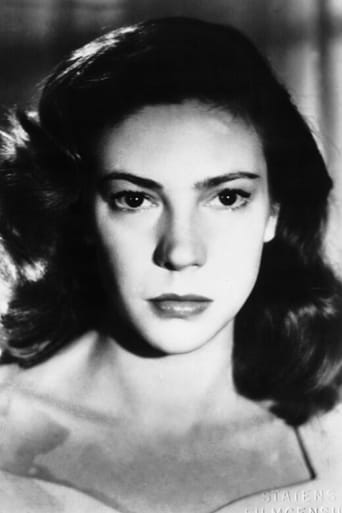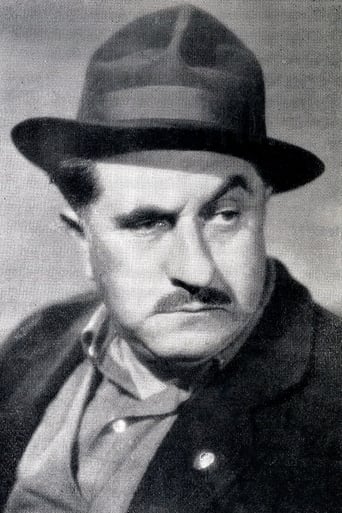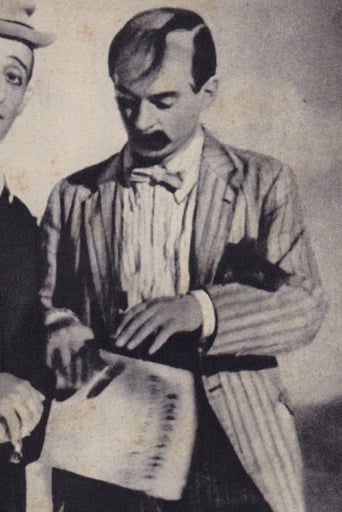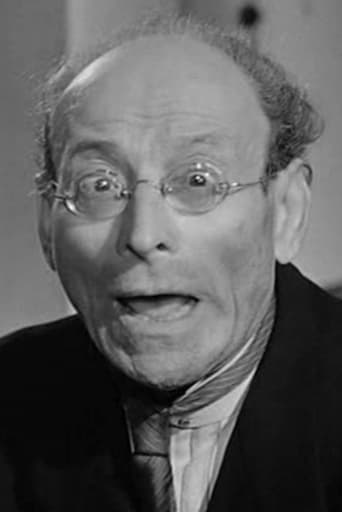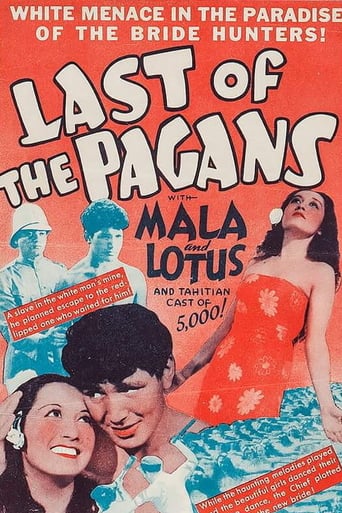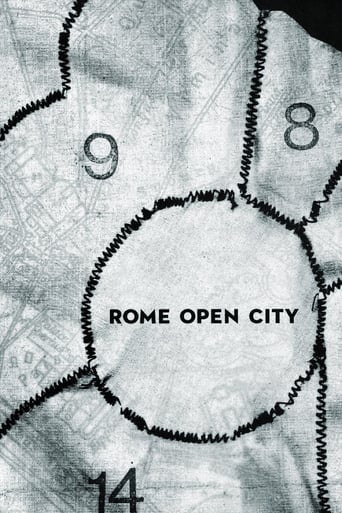
Rome, Open City
October. 08,1945During the Nazi occupation of Rome in 1944, the leader of the Resistance is chased by the Nazis as he seeks refuge and a way to escape.
Similar titles
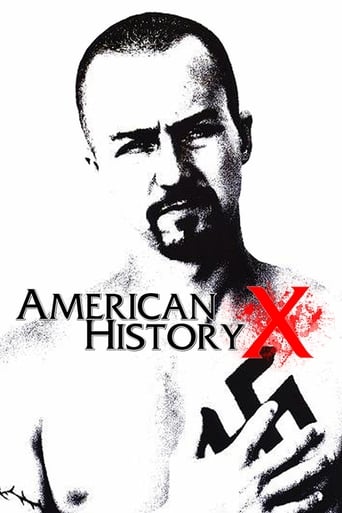
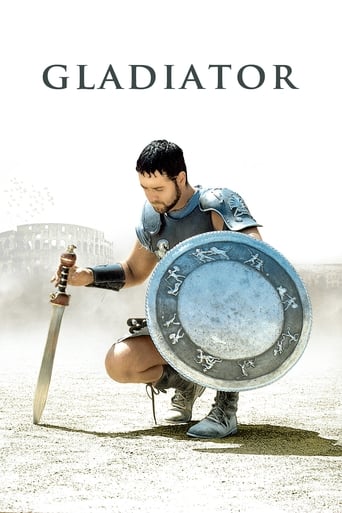
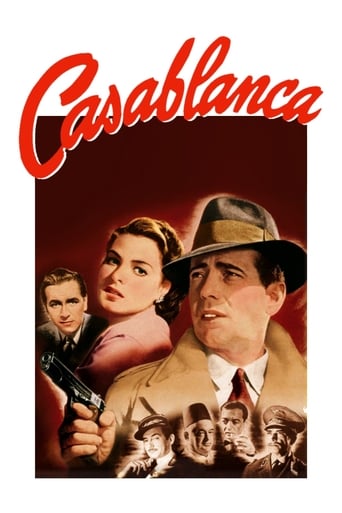
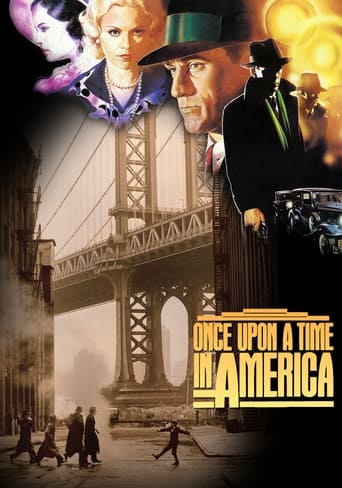
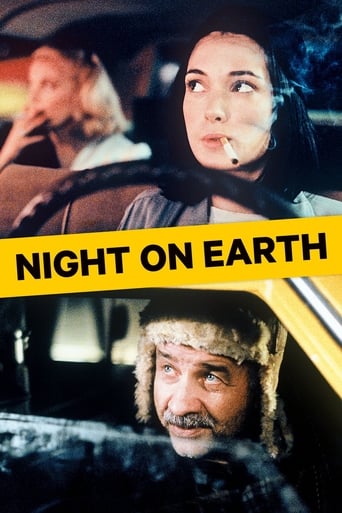
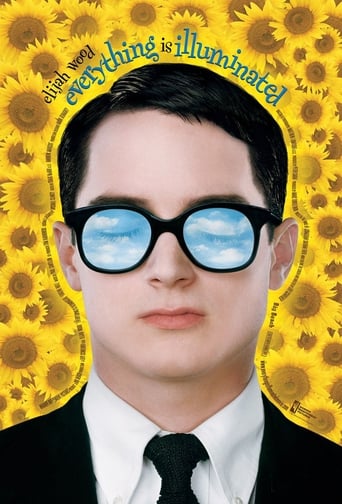

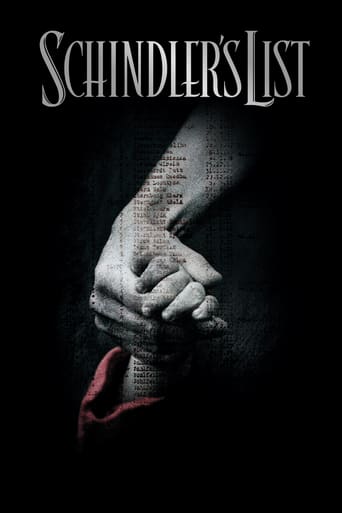

You May Also Like
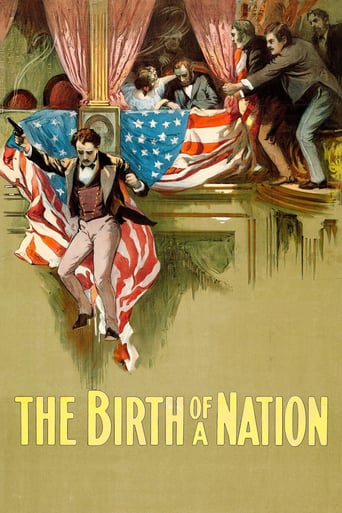
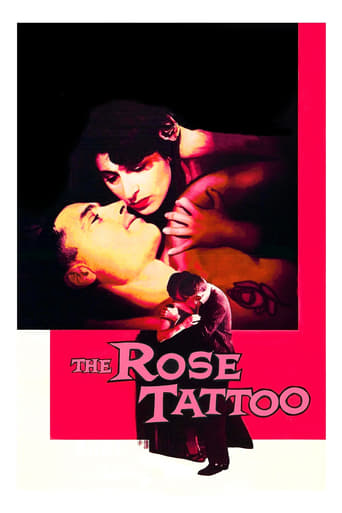

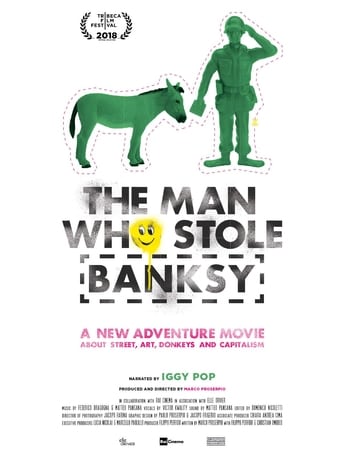
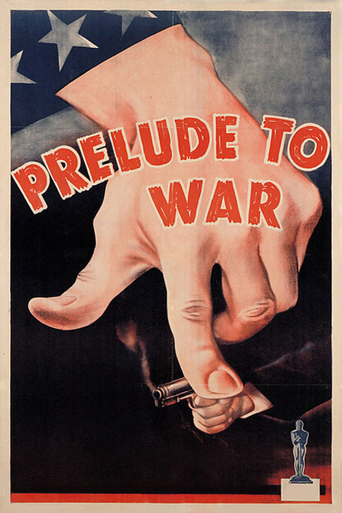
Reviews
While it doesn't offer any answers, it both thrills and makes you think.
Exactly the movie you think it is, but not the movie you want it to be.
Like the great film, it's made with a great deal of visible affection both in front of and behind the camera.
what a terribly boring film. I'm sorry but this is absolutely not deserving of best picture and will be forgotten quickly. Entertaining and engaging cinema? No. Nothing performances with flat faces and mistaking silence for subtlety.
Rome, Open City, or simply Open City, came out at a rather troubling time in Italy's history. The country couldn't afford modest-budget stories, so locals made films from scraps of film-stocks, cameras and on-location shooting with avant-garde filmmaking techniques that changed the future of European and international cinema.Open City has scenes of people getting shot, scenes of torture, and an execution of a Priest. It's very upsetting stuff for 1940s filmmaking, especially considering American films like Bonnie and Clyde wouldn't push the boundaries of cinematic content for another two decades to come.Open City is a very grounded, cutty, visceral and believable story that came from a rather depressing time in human history. It's worth a shot quite easily.
Roberto Rossellini's 'Rome, Open City' is widely regarded as the film that marked the real rise of the films that collectively came to be classified as the films belonging to the movement known as Italian Neorealism. This is the film that is heralded as the one that ushered in a gritty, non-conventional and ultra realistic style of storytelling. This is also the first film in Rossellini's 'War Trilogy'.'Rome, Open City' is a film that has a very clear idea of what it wants to accomplish. From a certain angle, this is a propaganda film. This film makes no effort to blur the distinctions between good and evil. The Italians in the film are the good guys who are fighting the evil German Nazis. The screenplay by Sergio Amidei, Federico Fellini and Rossellini himself which was being written during when Rome was still under German occupation, in a thematic sense serves two functions - first of all the film showed the world the reality of what the Italians had to endure during the Nazi occupation, secondly the film was also clearly is a clarion call to all the Italian citizens to rise up together against the Nazis. This latter intent is clear from the way the narrative is structured. In the film, people from various sections of Italian society join forces to aid the resistance against the Nazis. Rossellini uses characters with contradictory mindsets and ideas. Don Pietro is a Catholic priest while Georgio is an atheistic rebel who holds Communist ideologies. While Pina is a working class single mother, her sister Lauretta and her friend Marina are performers. Rossellini weaves a narrative where all these colourful individuals come together with the ominous constant Nazi presence looming over them.This was a classic example where I admired the film, admired the intention and the motive of the film and I can also acknowledge how influential it is, but I couldn't end up loving the film the way I expected or wanted to. I am fascinated by the circumstances under which the film was made which involved Rossellini buying film stocks in the black market at lower rates which is the reason why the film looks very grainy and visually choppy. I love to listen to others who love the film like Scorsese talk about it and I can also appreciate all the reasons why people talk about it so highly, but while watching the film, I found some elements in the film that I couldn't get behind.While the film was very realistic for its time, it still at the heart of it is very one dimensional in its approach to telling the story. There is a clear emphasis made to make almost every Italian character(except one who gets lured in by greed) look righteous and morally upright while every German Nazi soldier is the stereotypical villain. I can completely understand why Rossellini made that artistic choice, but for a film that is heralded so much as this ultra realistic piece of cinema,I expected a more complicated and layered depiction of the interplay between the Italians and Germans in the film. Except one German soldier who is made to redeem himself to some extent with an honest introspective monologue, pretty much all the Germans are cookie-cutter shallow villains. In 'Schindler's List', Spielberg gave the character played by Ralph Fiennes some depth. He was a horrible human being, but Spielberg gives us a few quite moments with the character and his interaction in these scenes with the Jewish characters tells us a lot about his prejudice and his insecurities and this provides depth to an otherwise deplorable character. The lack of depth in the German characters and the unconditional righteousness of the Italians in 'Rome, Open City' is understandable, but it also limits my admiration for the film and makes it a bit too simple. Another aspect of the film that makes it outdated is the way Rossellini uses homosexuality. Homosexuality is depicted in a very negative light by making a detestable German officer effeminate and another devious female German officer a lesbian. It's almost as if homosexuality is made to look like it stands against the ideal conventions of society and and culture that one should stand for.However saying all that, I did also find a lot of things that I liked in the film. For me the best things about the film are Anna Magnani as Pina and Aldo Fabrizi as Don Pietro Pellegrini. Magnani gives a lot of weight to the character of Pina. She is strong, she makes her opinions heard and she is in her own way helping the resistance. The character of Don Pietro also is an extremely interesting character. He starts off as a bumbling funny priest who get discomforted by the sight of the statue of a saint facing a nude statue. But he goes on a big journey which hardens him and makes him stand by his ideals in the face of adversity. The last shot of the film is also great as it goes along with the theme of what the future holds for the coming generations, will the current paint and struggle be worth it for the children of tomorrow.So, in a nutshell, 'Rome, Open City' is a film that I respect for what it did for cinema in general. The Cinema Verite-esque visual style of Rossellini clearly influenced millions of subsequent films and filmmakers. It's a film that I do like, but I find myself admiring it more than loving.
After WWII filmmakers tried to find their ways to deal with history. A British director Humphrey Jennings made evocative documentaries about WWII and Americans made more romantic features about the war from their perspective. Here Italy comes in. The nation which had just got away from the chains of fascist management. Today this postwar Italian movement is known as neorealism, which is recognized from its reportage-like characterization, national personal gallery and dramatization of the resistance. But it cannot only be described by these external aesthetic features. The starting points in Italian neorealism were in the anti-fascist battle and the Italian liberalization.The people who formed neorealism, Vittorio De Sica, Luchino Visconti, Roberto Rosselini and many others, wanted to bring Italy back to the midst of other nations. They wanted to find their own way of dealing with the history. Narratively the way was the documentary, reportage-like characterization. The shady cinematography combined with the daring description of Italians. Even today Open City is praised as the symbol of the resistance and the picture of the character played by Anna Magnani was actually published in a stamp after 50 years in Italy. Her character became the symbol of the resistance.Film historians often tend to argue, who actually started neorealism. In 1943 Luchino Visconti directed Ossessione, which at least aesthetically looks like the work of a neorealist. Which probably is true, but neorealism is seen as a postwar genre and since the WWII ended in 1945, the statement that Ossessione would've began the movement is weak. But it most certainly did give it a start and the ingredients. Some also state that De Sica's Bicycle Thieves (1948) is the greatest film of neorealism. I think that Bicycle Thieves is a masterpiece, but when defining what neorealism actually is Rosselini's reportage-like characterization works better than De Sica's lyricism. Open City is the first film, which finely defined neorealism.Open City is perhaps the most personal film by Rosselini. It was written under the watchful eyes of the fascist management, where the risk of getting arrested was always near. This made Rosselini and the other screenwriter Sergio Amidei feel like they were a part of the resistance - what would be greater than to write your own page to history? When young Federico Fellini (today the most famous of the team) joined the crew, they started to film it with an incredibly low budget. Roberto Rosselini has said: "Open City achieved more than all the efforts of the Italian Foreign Ministry put together. It helped Italy to find its own place among other nations." Rome Open City is a picture of its own time, it's a landmark in the history of cinema. In both the WWII genre and in Italian neorealism, which influenced the Japanese postwar cinema (Kurosawa, Ichikawa) and the Nouvelle Vague - French New Wave (Godard, Truffaut, Rivette, Chabrol & Rohmer). It's a cry for democracy and freedom. It is a hopeful picture of Italy free from the chains of the fascists. It meant a totally new way of dealing with the history. Open City was a very ambitious film, but it succeed in all of its intentions. It is still a timeless masterpiece.
It is debatable whether or not this movie is worthy of its title of early masterpiece from Roberto Rossellini but fact remains that this movie is simply a great movie about a real tough and dark period.What foremost makes this so unique was that it got made so soon after the actual end of WW II and the end of reign of fascism. Therefore the overall feel and look of the movie seems very authentic. Basically all people involved in this movie in front and behind the cameras had to really go through the period as portrayed in this movie. There also weren't too many anti-Nazi movies around yet during that them, at least not movies that got made in Italy itself. This is one of the very first that shows the horrors the common Italian population had to go through and how a brave few tried to make a difference by fighting the fascist enemies.It's a movie that features the common WW II movie ingredients focusing on the underground resistance, such as courage, loyalty and betrayal. In that way this movie is a real typical WW II, of which still so many get made. So perhaps in todays light this movie has to offer than it did in 1945. Not that it makes the movie worse though. Still I feel that the movie story could had been a bit more interesting and focused a more clear main plot-line and 'point' so to speak. But that's just not really the Italian-way.The movie is made in a real typical Italian cinematic way, which means that it's slow at times and also heavily leans and depends on its leading characters. Not that that's a complaint though, since the movie really features some great characters who also get portrayed by some real capable actors.The movie hasn't aged too well though, in terms of its picture quality. The movie could really use a restoration and re-release. Who knows, some day we might get lucky.The movie shows that Roberto Rossellini was really a great director, who knew how to tell a story, with an eye for detail and realism.It's not the most effective or intriguing WW II movie I've ever seen but it comes close enough.8/10http://bobafett1138.blogspot.com/
Top Streaming Movies














